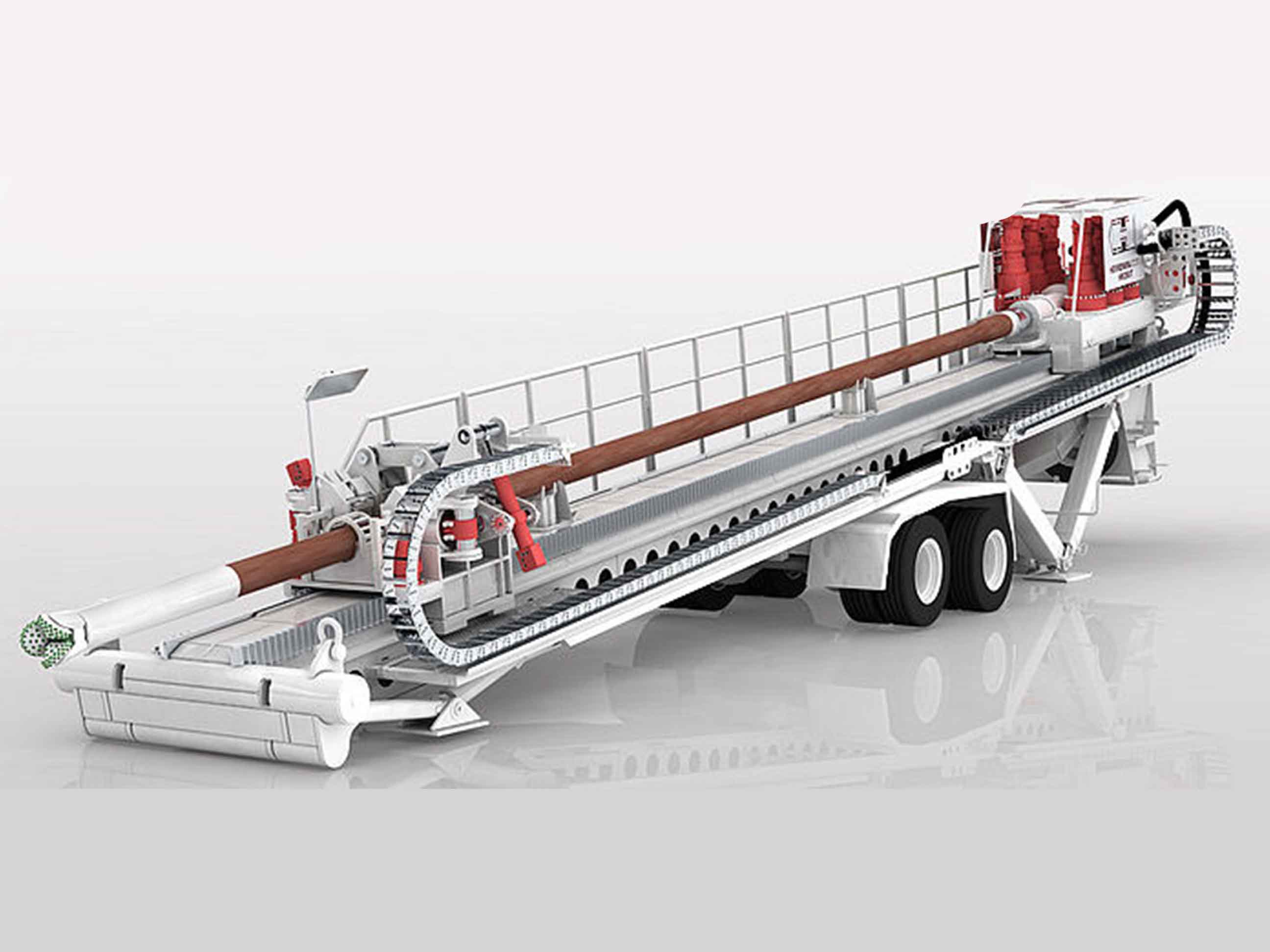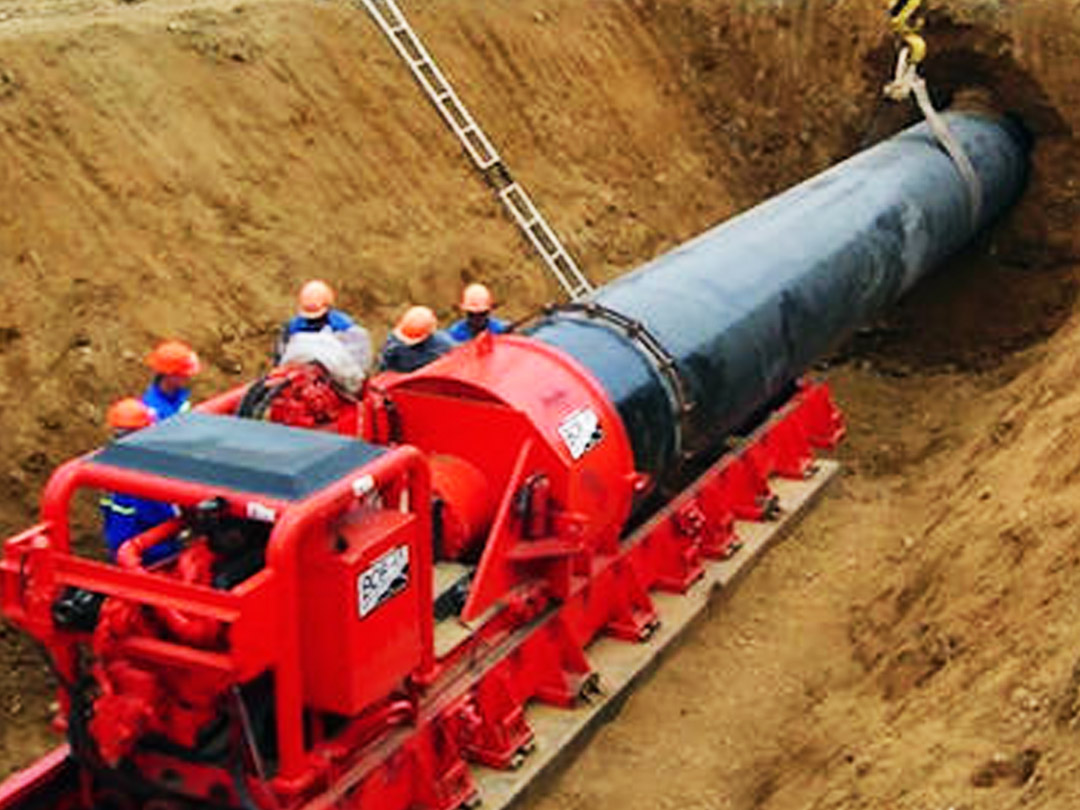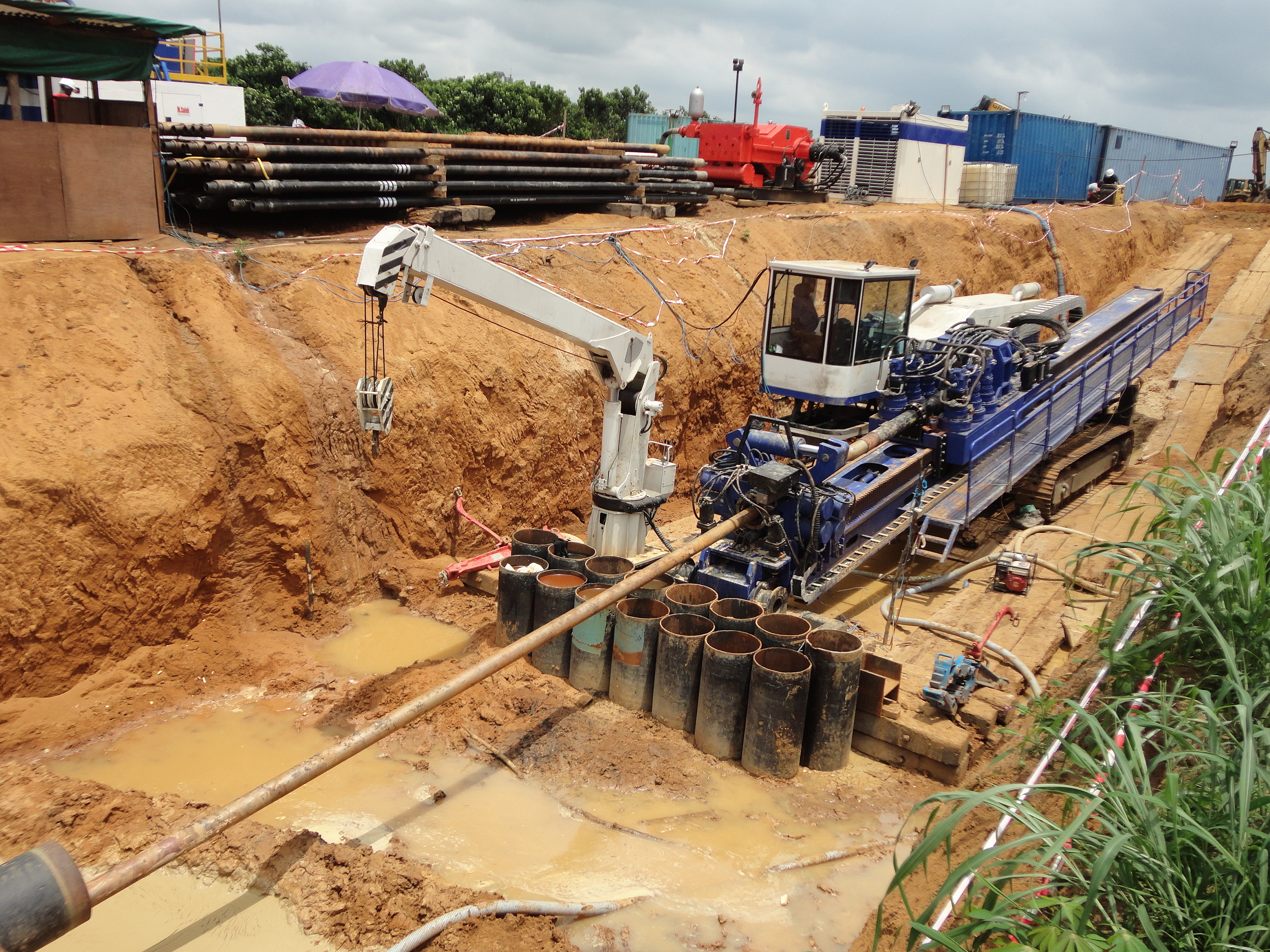Services
Directional drilling technology is seeing enormous growth. Directional drilling operations, uncommon in the past are now quickly becoming everyday scenes at job sites.
TOB-TECH's capability in its core
business areas have helped
support the oil and gas industries
by bringing together employees
with technical expertise in
various related fields.





